Tokyo 2020 Games Final emblem candidates unveiled
The Tokyo Organising Committee of the Olympic and Paralympic Games held the "Tokyo 2020 Emblem Committee" meeting at its headquarters in Minato Ward, Tokyo, on April 8. The committee selected and publicly announced the four final candidates for the Games emblem.
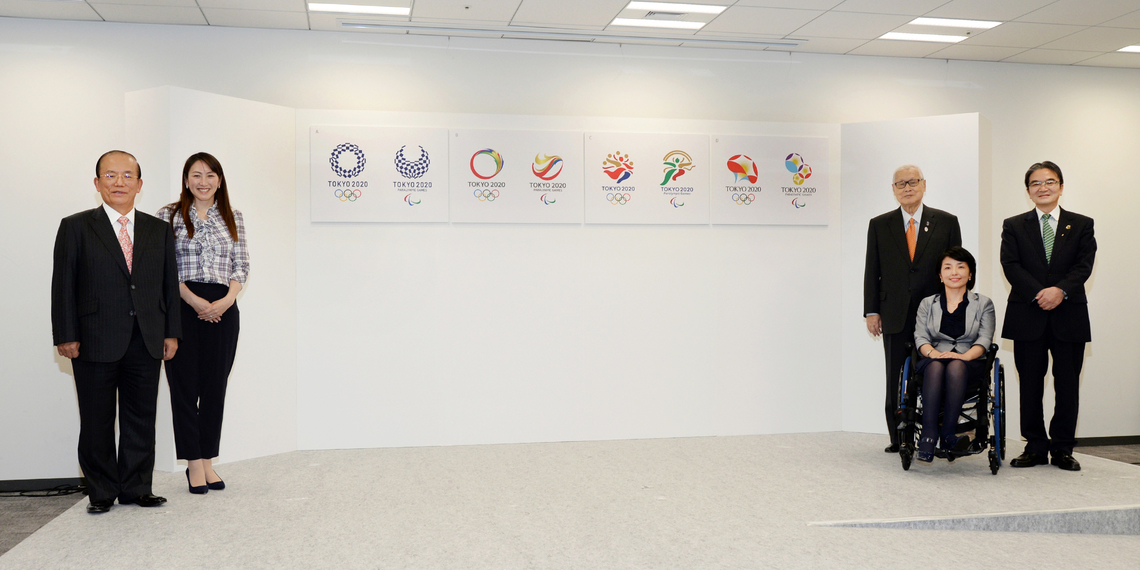
Following the committee meeting, a presentation and press conference were held. Yoshiro Mori, Chairman of the Organizing Committee, stated, "I would like to express my gratitude to the Emblem Committee members for their hard work over the past six months. We have kept the public waiting for a long time. I look forward to seeing which emblem is ultimately selected."
Ryohei Miyata, Commissioner of the Agency for Cultural Affairs (President of Tokyo University of the Arts) and Chair of the Emblem Committee, stated, "The emblem selection process was conducted based on two fundamental principles: 'participation' and 'transparency.'" He revealed that 14,599 entries were submitted. He added, "The four final designs have passed all trademark investigations both domestically and internationally, including consultations with the International Olympic Committee and the International Paralympic Committee. We are confident they represent the best options at this stage."
The final candidate designs will be open for public comment via the internet ( https://www.emblem-comments.jp/ ) and postcard submissions for 10 days from April 8 to 17. At the final review meeting of the Emblem Selection Committee on April 25, the winning design will be selected with reference to the comments received. It will then be finalized after approval by the Council.
Organizing Committee Secretary General Toshiro Muto emphasized the selection process thus far, stating, "The Emblem Committee has consistently taken the initiative in moving forward," and added, "I believe that whichever design is ultimately chosen, it will become an emblem loved by everyone."
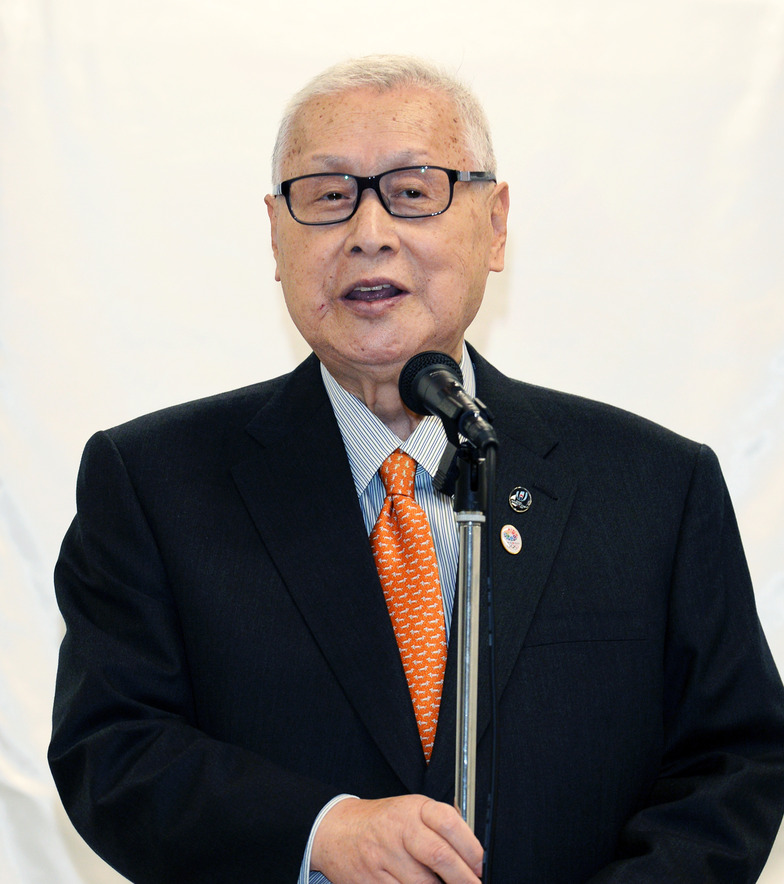
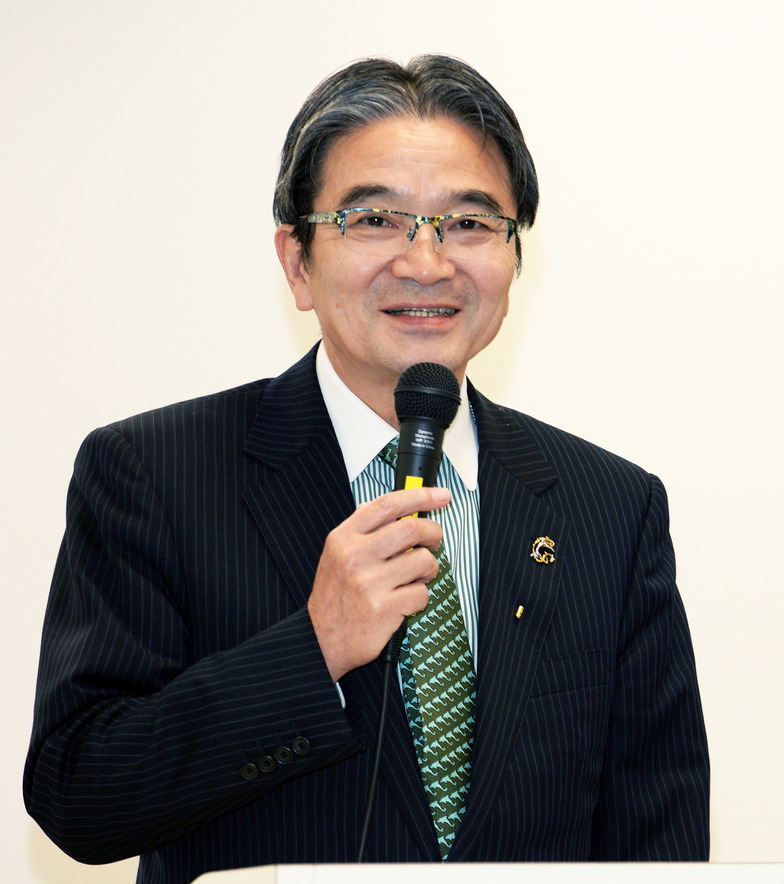
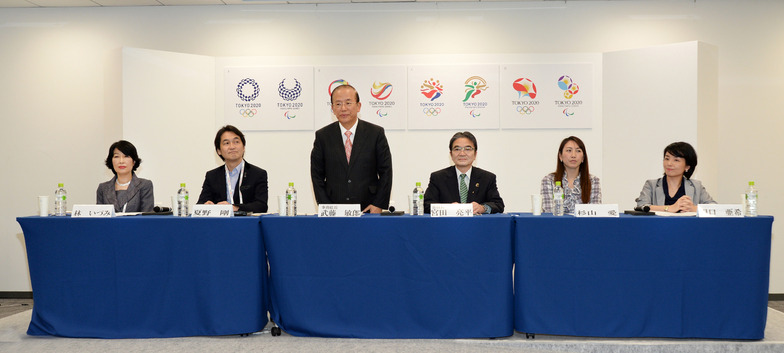
Attending the press conference, from left: Committee Member Izumi Hayashi (Attorney), Committee Member Tsuyoshi Natsuno (Keio University Professor), Secretary General Toshio Mutō, Committee Chairperson Miyata, Committee Member Ai Sugiyama (Sports Commentator), Committee Member Aki Taguchi (Japanese Paralympic Shooting Team Member)
Organizing Committee Official Website: https://tokyo2020.jp/jp/
■ Final Candidate Designs
(Concepts from the Organizing Committee's press release)

A. Kumiiichimatsu Pattern
This design depicts the checkerboard pattern, historically beloved worldwide and popularized in Japan during the Edo period as "ichimatsu moyō," using indigo blue, a traditional Japanese color, to express a sophisticated Japanese aesthetic.
Combining three distinct square shapes symbolizes differences in nations, cultures, and ideologies. Despite these differences, the design conveys a message of "diversity and harmony" through interconnected elements, representing the Olympic and Paralympic Games as a platform aiming for a world that embraces diversity and fosters connection.
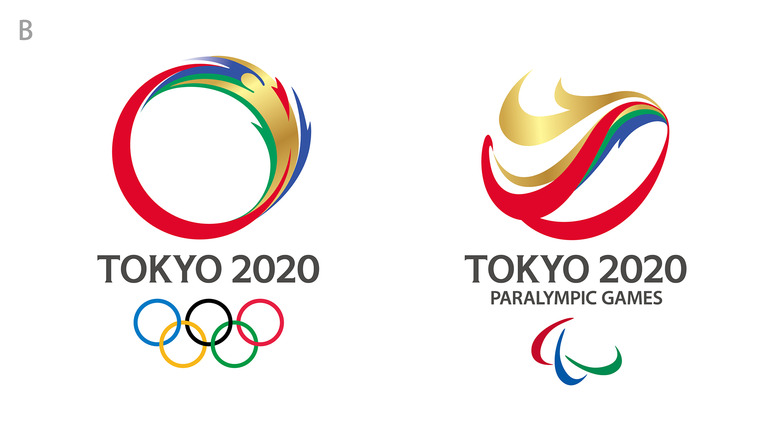
B. Connecting Circle, Expanding Harmony (Tsunagu Wa, Hirogaru Wa)
It expresses the "harmony" of peace and unity spreading throughout the world, formed by the dynamic energy of athletes and the joy of spectators connecting as one "circle."
The design, imbued with physical and mental strength, dynamism, and speed, expresses the inspiration the world receives from the remarkable performances of athletes striving for their personal best. Furthermore, it conveys Japan's respect and spirit of hospitality toward the people of the world it will welcome in 2020.

C. The Transcendent
Drawing inspiration from the Wind and Thunder Gods, long cherished by the Japanese people through works like Tawaraya Sotatsu's "Wind and Thunder Gods" and the Asakusa Kaminarimon (Thunder God Gate), this design captures the dynamic moment of crossing the finish line and the athletes' posture striving to surpass themselves and achieve their "personal best." The thunder god's drum is likened to fireworks, and the wind god's windbag to a rainbow, embodying aspirations for peace, diversity, and harmony.
The emblem embodies the athletes' enduring contribution to peace through their resilient minds and bodies, connecting it to the future.
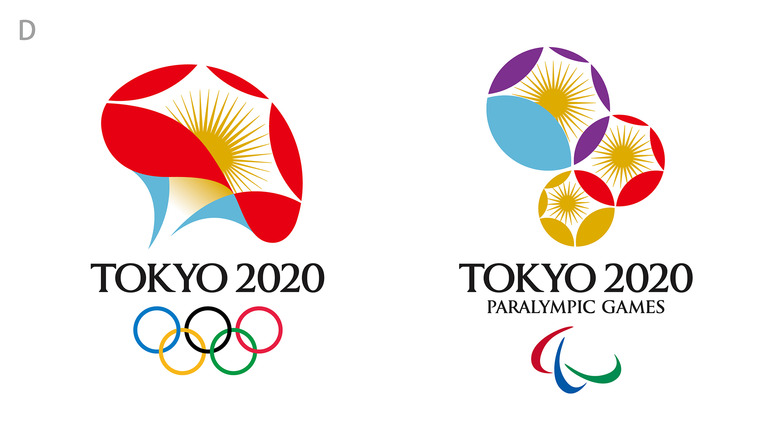
D. Radiant Faces, Blooming Flowers
The radiant expressions of athletes giving their "personal best" and the people celebrating them. This emotional movement is overlaid onto the morning glory (Japanese: asagao) blooming toward the sky. The growth process of the morning glory—its seed sprouting, its vine stretching, its flower opening, and then bearing fruit again—symbolizes the anticipation for the Games and the passing of the torch to the next generation.
Popular during the Edo period and beloved by children and adults alike, this flower will heighten the spirit for 2020 and welcome spectators from around the world throughout Japan.
Was this article helpful?